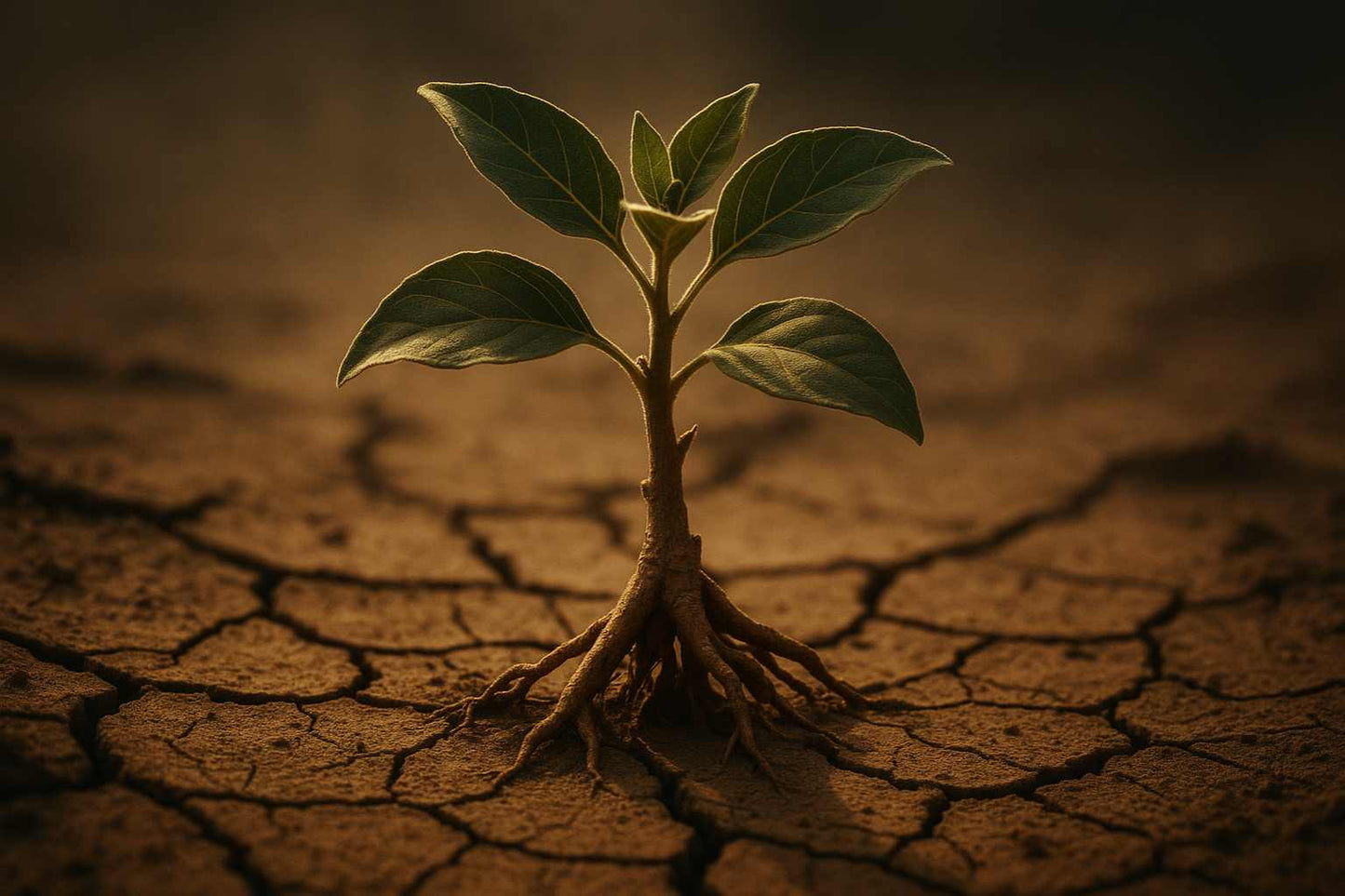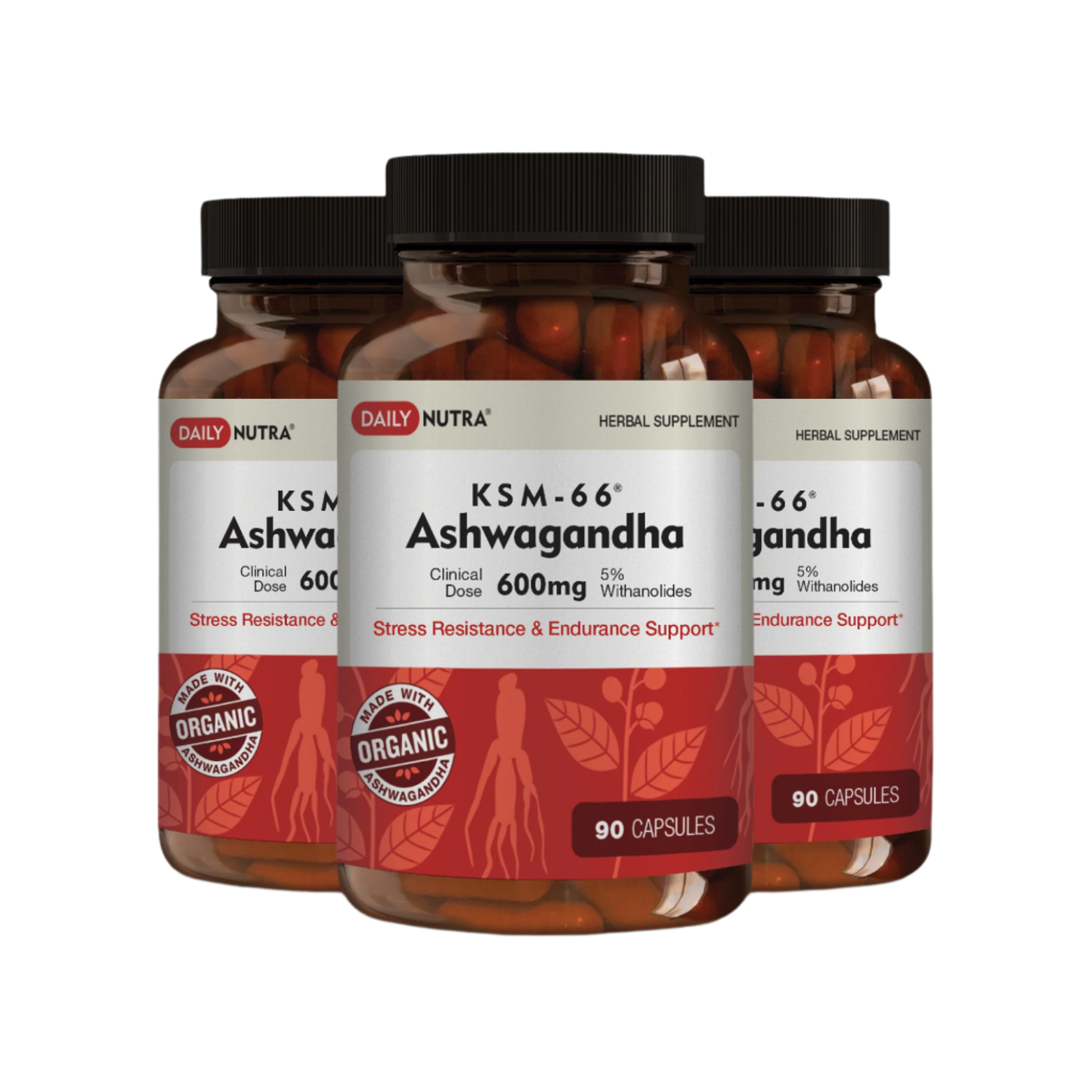
Ashwagandha, scientifically known as Withania somnifera, is hardly just an herb.
It is a plant with deep cultural, geographical, and now medicinal roots.
Knowing where it grows makes us appreciate why it does what it does — strong, grounding, and resilient.
Not the delicate flowers that require pampering, ashwagandha grows where life is a battle to survive.
Native Origins: India’s Dry Heartland
The tale of ashwagandha starts in the scorching sun-bathed plains of India.
For centuries, it has grown wild in places like the central Indian states of Madhya Pradesh, Rajasthan, and Gujarat — regions with dry soil, extreme heat, and scant rainfall.
These conditions place stress on the plant, prompting it to produce adaptogenic compounds, such as withanolides, that enable it to survive (1).
It’s that very same stress, ironically enough, that makes it so potent when it comes to human stress relief.
Why the Best Ashwagandha Comes From Harsh Environments
Ashwagandha is an adaptogen, which means it helps the human body cope with stress (2).
But before it does, the wind adjusts to the earth.
Grows best in semi-arid climates with sandy and loam soils.
It thrives on neglect — overwatering or too much fertilizer can weaken its potency.
This paradox is interesting: the more that encumbers the situation, the deeper the root will grow.
Outside India: Global Growing Regions
India is still the spiritual and agricultural home of ashwagandha, but global demand has lifted it beyond those confines.
Today, it’s grown in parts of Africa and the Middle East and even in remote areas in the United States.
Nepal, Sri Lanka, and Pakistan are all home to smaller crops, and some experimental farms in California and Arizona that have started growing high-potency strains for supplements.
Yet the most reliable sources still stem from Indi,— where traditional Ayurvedic growing methods have been perfected for thousands of years.
Soil, Sun and Seasons Caloric intensity match the strong flavors of ashwagandha.
Ashwagandha likes full sun, well-drained and alkaline soil.
It's drought- tolerant but not frost-friendly.
Seeds are planted at the beginning of the rains and harvested 150–180 days later when roots are developed.
Inside those roots are the adaptogenic magic: thick, tan and smelly.
This plant growing back in lackluster dirt is an apt metaphor for what the company aims to do best, resilient and rejuvenated.

Regenerative Farming's Role in Modern Ashwagandha
With health crazes worldwide on the rise, over-farming is a concern.
Regenerative agriculture offers a solution (3).
Through crop rotation and the use of no synthetic fertilizers, farmers protect the soil’s microbiome while increasing nutrient density in the root.
Not only does organic and sustainably sourced ashwagandha benefit the planet — it also results in cleaner, more potent supplements.
Cultural and Ecological Significance
Ashwagandha is more than just a crop in traditional Indian villages; it is an essential component of the ecosystem.
Compost is made from its stems, medicine is made from its roots, and insect repellent is made from its leaves.
The name ashwagandha is derived from the Sanskrit word for “smell of a horse,” alluding to two aspects of the herb — its earthy odor and its ability to increase sexual stamina (4).
This “asking” of nature is what makes the plant so extraordinary — it captures the spirit of balance between survival and serenity.
Final Remarks
Ashwagandha does not thrive in places where life is easy.
“It thrives where the earth is thirsty, where the sun is relentless, and where survival requires stamina.”
From the parched fields of India to small farms on every continent, one lasting lesson it imparts is: Resilience is born of resistance.
The geography of ashwagandha is more than a map — it’s a model for the human spirit.
🌱 Seeking the purest, strongest ashwagandha? Find out how farms impact the strength of a product before your next purchase 💡
FAQs on The Secret Soil of Ashwagandha: Where the World’s Most Calming Root Comes Alive
Can ashwagandha be grown in the US?
Yes, it can. Arizona and California both have similar growing semi-arid climates.
Does Ashwagandha potency depend upon the type of soil?
Absolutely. Dry, low-fertility soils with little organic matter often create stronger roots.
How long does it take to grow an ashwagandha?
It usually takes 5-6 months from sowing to harvest.
Can ashwagandha survive cold climates?
No, it is very frost-tender. Roots of the plant and root-rot can be damaged by the cold.
Is wild better than farmed ashwagandha?
Wild roots can be up to 2% or more withanolides; however, we rely on sustainable cultivation for quality assurance and safety.
Related Studies
1. Title: Anxiolytic–Antidepressant Activity of Withania somnifera Glycowithanolides: An Experimental Study
Rat data show isolated glycowithanolides (withanolide-class compounds) exert anti-stress and mood benefits, supporting withanolides’ adaptogenic role.
DOI: 10.4103/0253-7176.106022
2. Title: A Prospective, Randomized, Double-Blind, Placebo-Controlled Study of High-Concentration Ashwagandha Root Extract for Reducing Stress and Anxiety
Eight-week human RCT found significant reductions in perceived stress and serum cortisol versus placebo.
DOI: 10.1002/hsr2.741
3. Title: USDA NRCS Soil Health Technical Note No. 470-16: Soil Health Testing to Support Conservation Planning
USDA guidance links higher soil organic carbon and biological activity with nutrient supply and resilient soil microbiomes—core mechanisms behind nutrient-dense crops under regenerative/organic systems.
DOI: 10.3389/fnut.2024.1370951
4. Title: Effect of Standardized Withania somnifera Root Extract on Well-Being and Sexual Performance in Adult Males: A Randomized Controlled Trial
In healthy men, eight weeks of ashwagandha significantly improved sexual function outcomes versus placebo.
DOI: 10.1155/ijfo/9922626






